Each December on a particularly long stretch of white sand beach on Oahu’s North Shore, local families, curious tourists and aspiring young surfers pitch their chairs in the sand to watch some of the world’s top athletes surf the Banzai Pipeline. While you might recognize the unbelievably big blue waves from the Kate Bosworth-starring movie Blue Crush, the infamous break has plenty of lore on its own as the most dangerous wave in the world, and the site of one of Hawaii’s biggest surf competitions – The Vans Pipe Masters.
In the most recent 2023 edition, 40 men and 20 women, half of whom are Hawaii residents and Native Hawaiians, competed for this year’s top prize, battling it out on Pipe’s reef break where waves ranged anywhere from six to 15-feet. However, for these young, local athletes – including Puamakamae DeSoto, Moanalani Jones-Wong (who was crowned champion alongside John Florence), Barron Mamiya, Bettylou Sakura-Johnson and Makana Pang – surfing is much more than a professional sport. It’s an extension of their Hawaiian identity, culture and ultimately, way of life.
Here, some of the most exciting young Hawaiian surfers tell us about growing up on Oahu, what makes their local community so special and how to preserve and protect the North Shore’s beloved breaks.
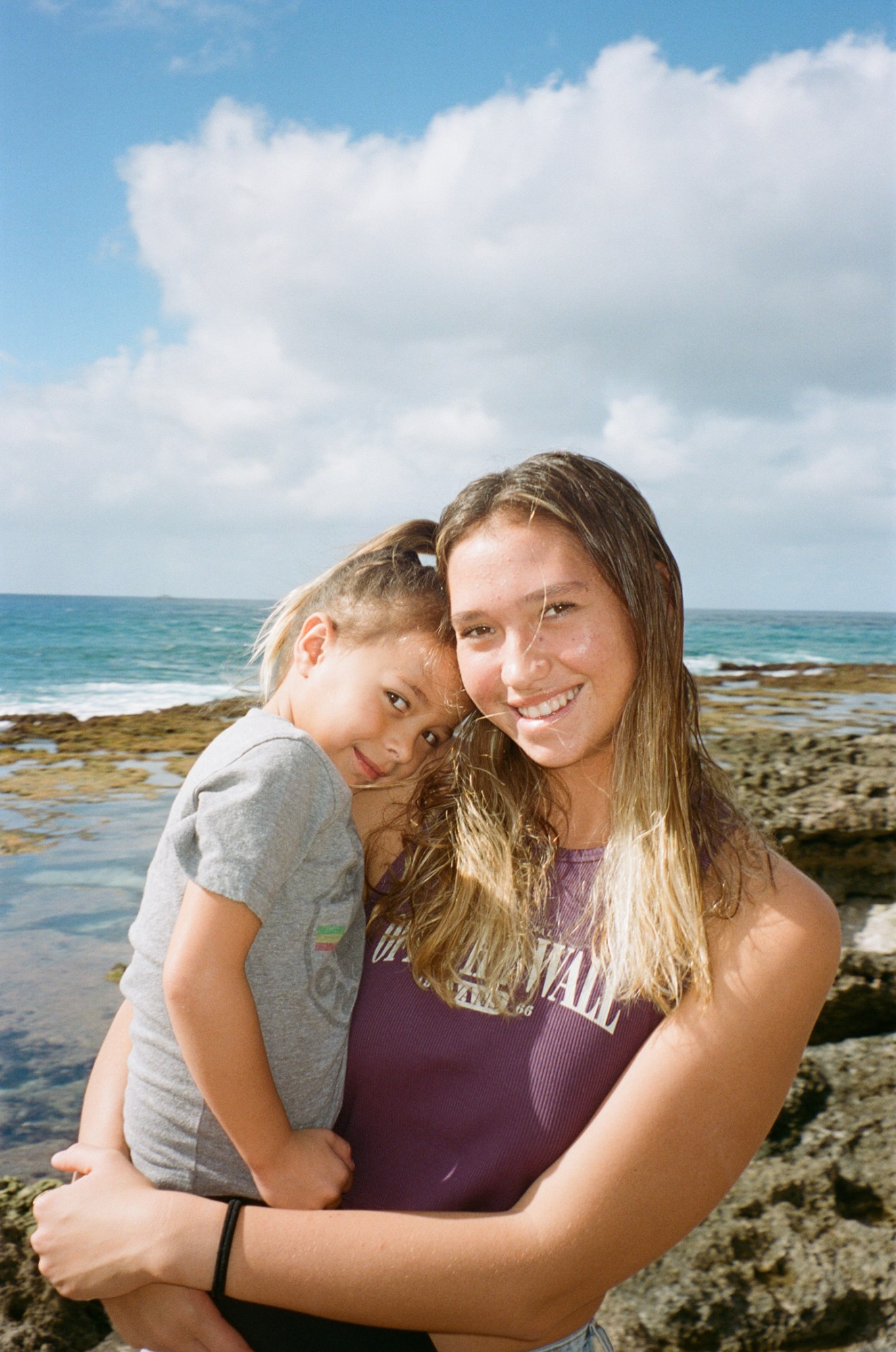
Puamakamae DeSoto, 18
Tell me about your first memory of surfing.
My first memories of surfing were probably when I was 3 or 4 and I was surfing at Waikiki Beach with my dad and my best friends. My dad taught me how to surf. I come from a surfing family: my dad’s a world champion, my Auntie has been a runner-up to a world title, we have a lot of amazing water women and water men in our family history, and it’s great to be a part of that.
As far as surfing’s role in Hawaiian culture, what is its significance?
In Hawaiian, surfing is he’e nalu or ‘wave sliding’. It’s been a cultural practice for hundreds, if not thousands of years. It’s fun, freeing and you really have to connect with nature when you’re in the water.
Aside from competitions, is that one of your main motivations?
Totally. Being able to connect with the energy source of the ocean and of the environment, to be able to tap into that is very special. On top of that, just being able to represent my culture, shine a light on it and share the true history of surfing to the next generations is one of my biggest inspirations.
What do you like most about surfing the North Shore?
It’s so rich in history, culture and it’s just beautiful; it’s hard to leave. I just love the community that comes together throughout the winter, and people that come from all around the world to surf with respect and aloha.
Is the community welcoming to those coming from abroad?
As a surfer myself, I travel the world and visit places. Everywhere has the protectors, the locals, the Natives, and it’s okay to come but it’s important to respect them. If not, you’ll be taught to be respectful and to be aloha. There’s territorial things going on – it’s our home, it’s our family. We were illegally overthrown and we have people consistently taking our land to the point that half of the Native Hawaiians already live in the US, and not in Hawaii, because they can’t afford it here. Obviously, that’s a much broader topic but it’s a part of it. We’ve been suppressed for so long that we’re using every voice we can to express our feelings.
Do you feel responsible for keeping this land safe, and sacred?
We have a saying, in English it’s ‘the land is its chief and we are our warriors’, and we’ve lived in that sense our whole lives. As a Native Hawaiian, we live by that. It’s important to enforce, protect and take care of our home. My Dad has a non-profit called Nā Kama Kai, that focuses on spreading surfing/ocean awareness, stewardship and ocean preservation, and teaches kids the safety and protocols of being in the ocean. He started it when I was three, and I did the program every weekend. Now I help my dad run it and it’s consistently inspired me throughout my life. Giving back to the community makes me happy.
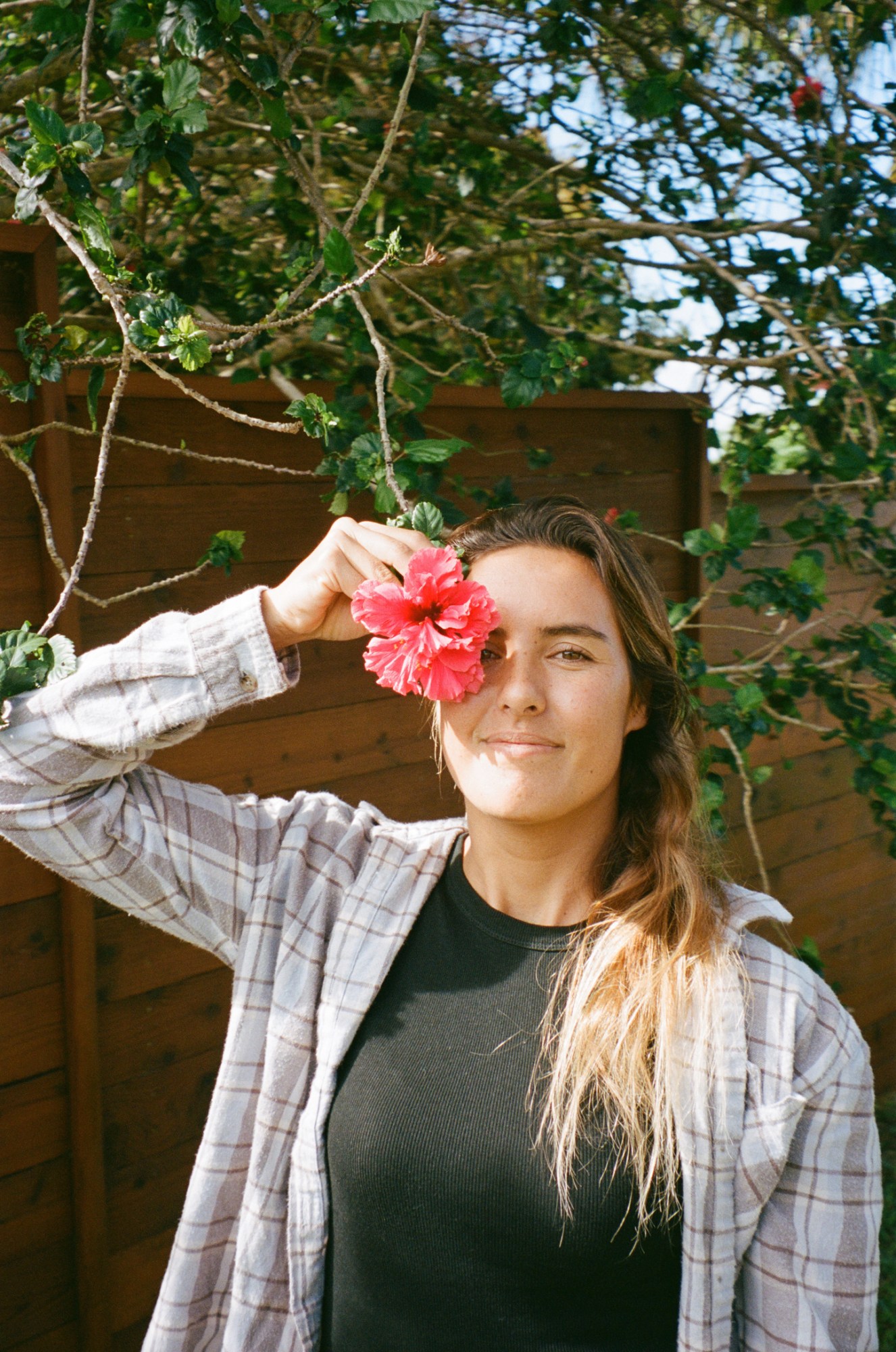
Moanalani Jones-Wong, 24
What is your first memory of surfing?
I was very, very young. Probably before I could walk or talk, my parents put me on their board and I’d go surfing with them on the waves at Chuns Beach or at Hale’iwa Beach Park. My mom and dad taught me how to surf. My grandfather, my great grandfather, everyone on my mom’s side of the family, it’s a part of our culture to surf. We’ve been surfing forever.
In what ways do you feel like surfing is an extension of Hawaiian culture?
Hawaiians are the inventors of surfing, and surfing originated in the Hawaiian islands so it’s an important part of our heritage. It’s more than a sport, it’s a lifestyle and a sacred tradition.
Growing up on the North Shore, is that something that feels very present? How would you describe the surfing community?
Yeah, a lot of people are involved in surfing here. This is like the mecca of surfing. If you don’t surf, it’s like something’s wrong with you. The community is really close and we all encourage each other. We’re like a big family.
What’s so challenging about surfing Pipe, specifically?
This is unlike any other spot on the North Shore, and around the world. It’s taken the most lives; it’s an extremely dangerous wave, but it can also be so inviting and so friendly. When you put in so much time out here, to be on its good side – because it feels like this wave is alive – good things will happen to you. You have to make a relationship with this wave.
What’s a common misconception about surfing?
I think surfing, like I said, it’s so much more than a sport to Hawaiian people and to Polynesian people. It’s a way to connect to our culture and heritage. There’s so much more meaning behind surfing.
How can you pay it back to that?
If you’re into surfing, educate yourself on surfing and who shared it with the world, like Duke Kahanamoku. He made it possible for other people to experience this Hawaiian tradition.
What motivates you?
My love for the ocean.
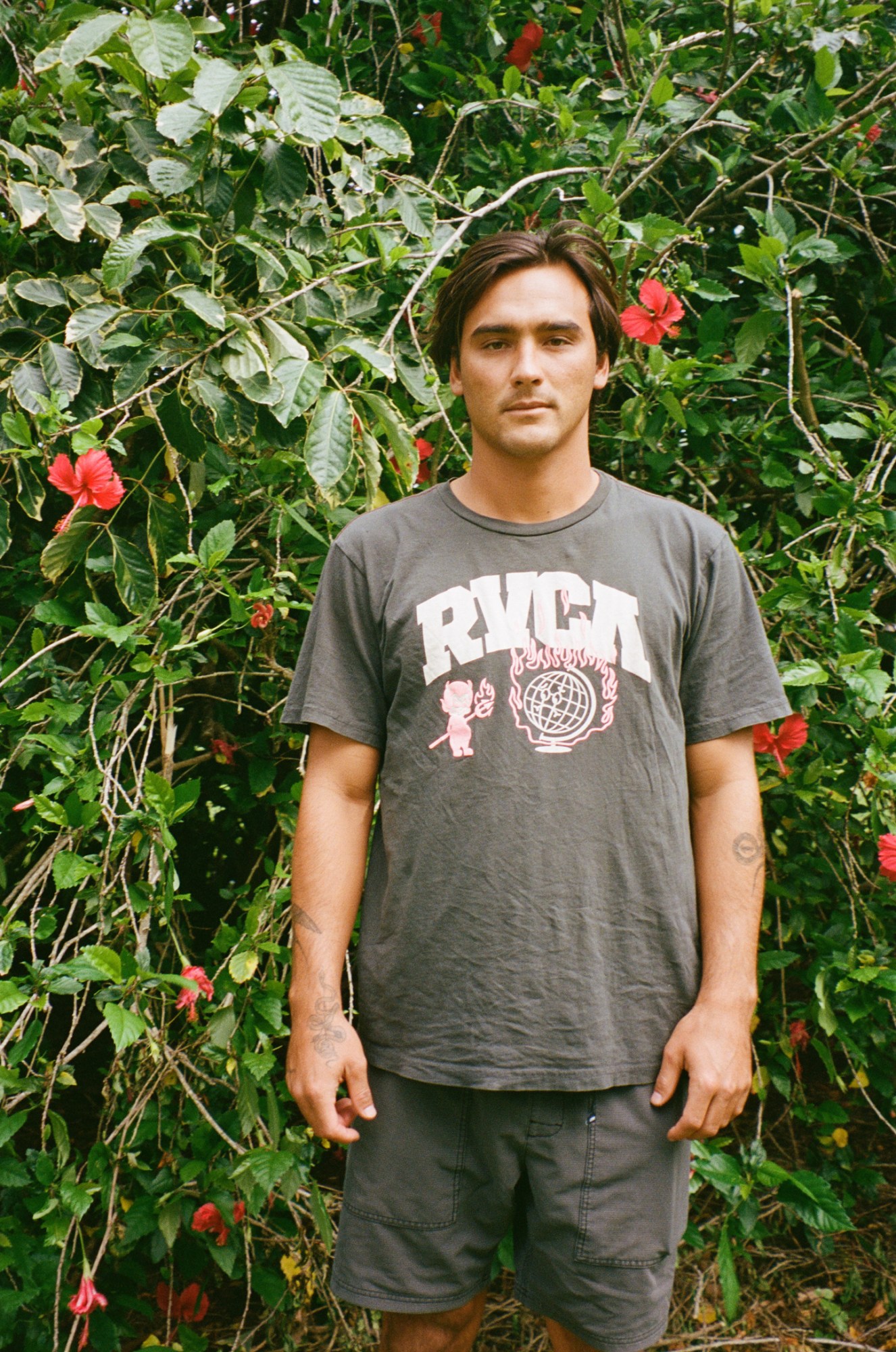
Barron Mamiya, 23
Tell me about your first memory surfing.
My friends and I used to go to Sunset Beach Elementary and after school we’d go surf Ehukai and Pipeline. Everyone surfs here, you know? Growing up in Hawaii, it’s just what you do. It’s a way of life.
What do you love most about it?
I love everything about it. Every wave is different, so to me surfing is like art. You have a certain style and there’s a certain line you take on each wave. Every wave is new, and everyone has a different approach which is my favourite part. You can always get better, but you can never perfect surfing. It keeps challenging you.
What motivates you to surf Pipe, specifically?
Well, first of all, it’s the most dangerous wave in the world. It’s killed more people than any other wave, and if you want to be a professional surfer, get on a championship tour and do all of these things, you have to surf Pipe. But I just love everything about it. It’s so dangerous, but it’s so beautiful. You could get the best wave of your life, but you could also die – it’s a fine line. It’s hard to explain.
Do you feel scared out there?
Of course. If people tell you they’re not scared, they’re lying. But you have to just learn to adapt to it and make calculated decisions.
What are some ways that people visiting the North Shore can honour local culture?
In Hawaii, the biggest thing is just respecting people. When you come and have respect, people are going to welcome you and if you don’t come with respect, you’re going to be put in check quickly – whether by people or Mother Nature.
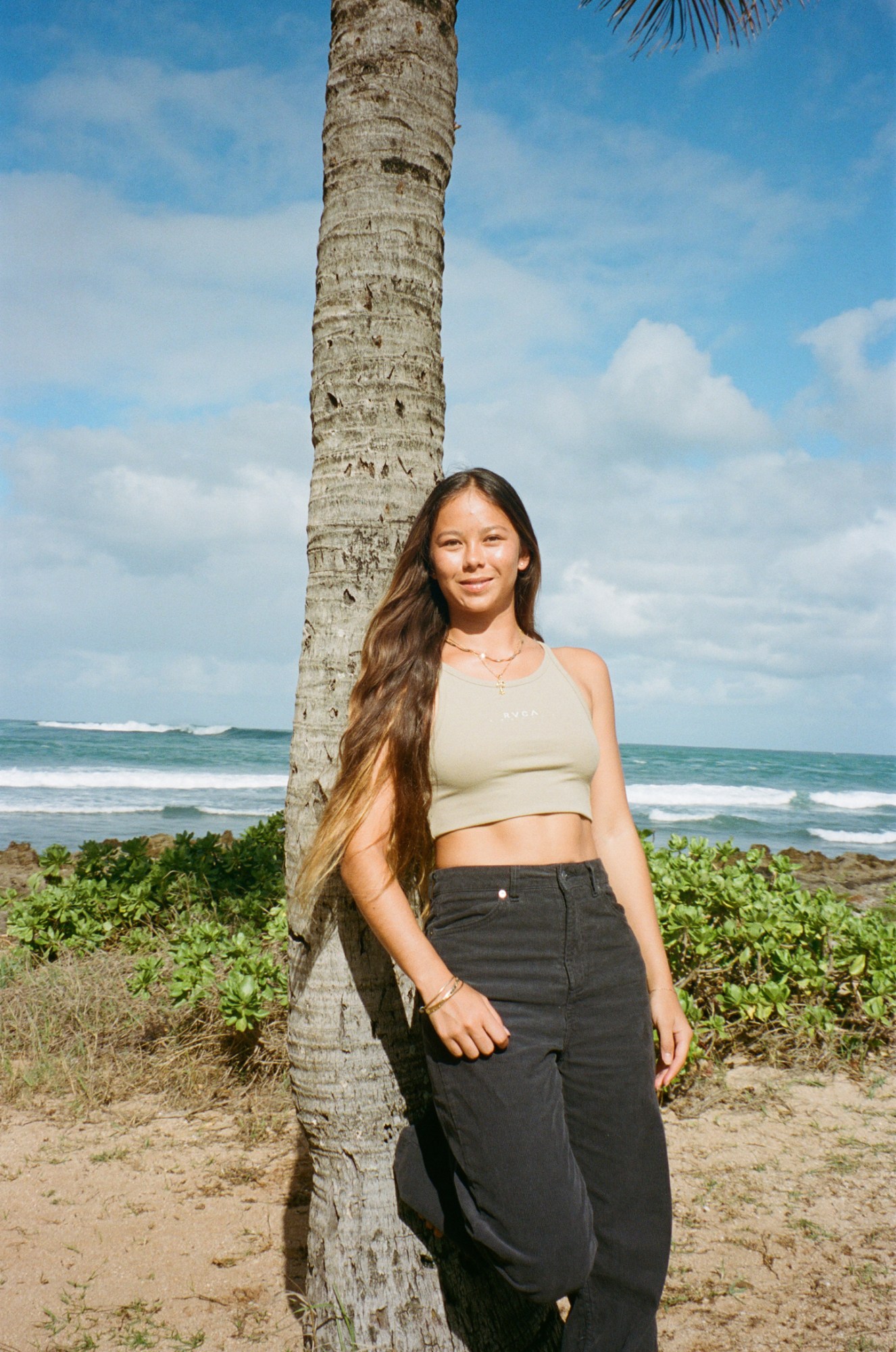
Bettylou Sakura-Johnson, 18
How was it out there today?
Really fun and playful.
What’s your earliest memory of surfing?
It’s hard to be specific, but there’s some photos of me when I was like six years old surfing at Hale’iwa Beach Park. I was on this blue soft top and my mom and dad were pushing me into waves.
Does surfing run in your family?
Not really, but yes at the same time. My dad moved here when he was 19, he joined the military in Oahu and my mom was a boogie boarder from Japan. They met here, my dad started surfing here and my mom has always loved the ocean.
What do you love most about the sport?
One really special thing about this sport is it’s uniqueness. You’re going with Mother Nature, adapting to so many situations that happen so fast – you can’t predict the future, other than going along with it. It’s really a blessing to be able to do this. The ocean’s my happy place, and I’ve always felt at home in the ocean.
How would you describe the surfing community on the North Shore?
It’s all love and aloha. It’s respecting each other, having the best time and sharing waves. The surf community’s so tight, where everyone knows everyone and that’s really special. Everyone’s there to help you. You’re not alone in this world.
What was it like the first time you surfed Pipe?
I didn’t really start surfing this wave until I was 14 or 15 years old. It’s such a dangerous wave, but it’s so beautiful at the same time. I went to school right across the street, so even during some school days we’d come down to watch the contests here.
It’s so ingrained in the culture that it’s a part of your daily life.
Surfing here is culture. Everyone goes to the beach and surfs. It’s what we do.
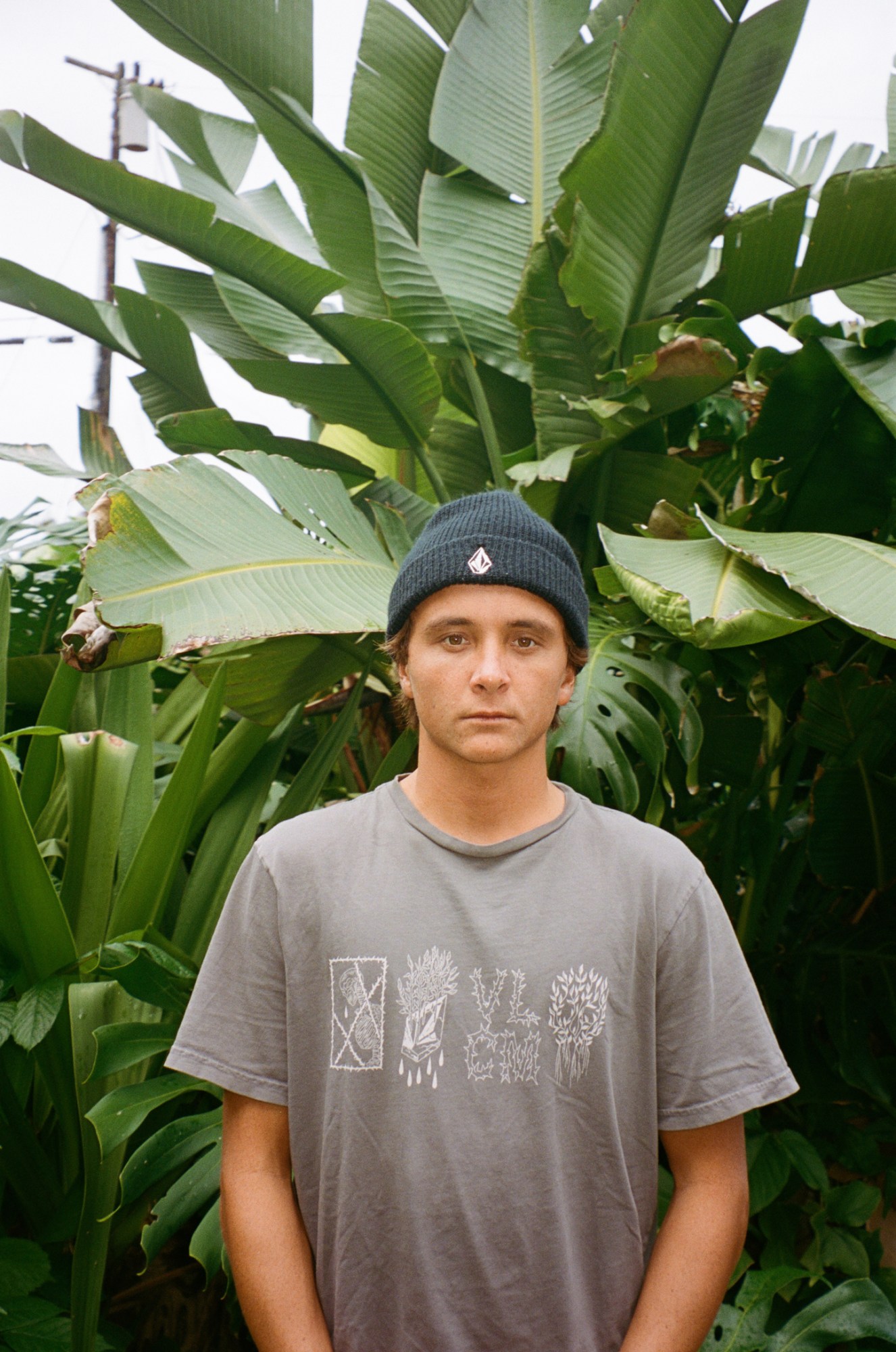
Makana Pang, 23
Tell me about your earliest surfing memory.
All of us kids from the North Shore would go down to the beach park in Hale’iwa and we’d spend everyday after school there. My dad started pushing me into waves there, and I think the first time I was riding a board by myself I was probably three years old.
Do you think people who grew up here have an advantage when it comes to surfing Pipe?
Well, Pipe isn’t a perfect wave compared to a wave like Teahupo’o or something. There’s many different faces to it, but living here you get a lot more time out there – get to learn the wave, learn the break, learn where all the different peaks are and how the wave breaks in different conditions. It definitely gives you an advantage.
What was it like growing up on the North Shore?
Honestly, I don’t think there’s anywhere better to grow up as a surfer. We have such a tight stretch of beach with up to 20 waves in a four mile radius. We’d just jump on bikes, ride up and down and find the best waves.
Do you get the sense that everyone looks out for each other?
Absolutely, you can’t go out to the beach without seeing someone you know. At Pipeline, especially, we’re always watching for each other in the water, no matter how small or how big it is. We’re making sure we’re all safe.
In what ways do you feel like surfing is an extension of Hawaiian culture?
Hawaii is the birthplace of surfing, so I just feel like it’s given that if you live here you can carry that tradition and keep that spirit alive. Aloha really comes along with surfing, and we keep that alive.
What are some ways that folks surfing here can support the local community?
Obviously, nowadays we gave a big problem with pollution, so a big thing is taking care of the land – picking up trash, recycling – and just showing respect to the true Hawaiians because this is their land.
How would you describe the ‘aloha’ spirit?
There’s no exact definition, but it includes respect, love, unity. It’s a term to show respect, but it’s a feeling.
@m_pang
Credits
Photography Robin Pailler

